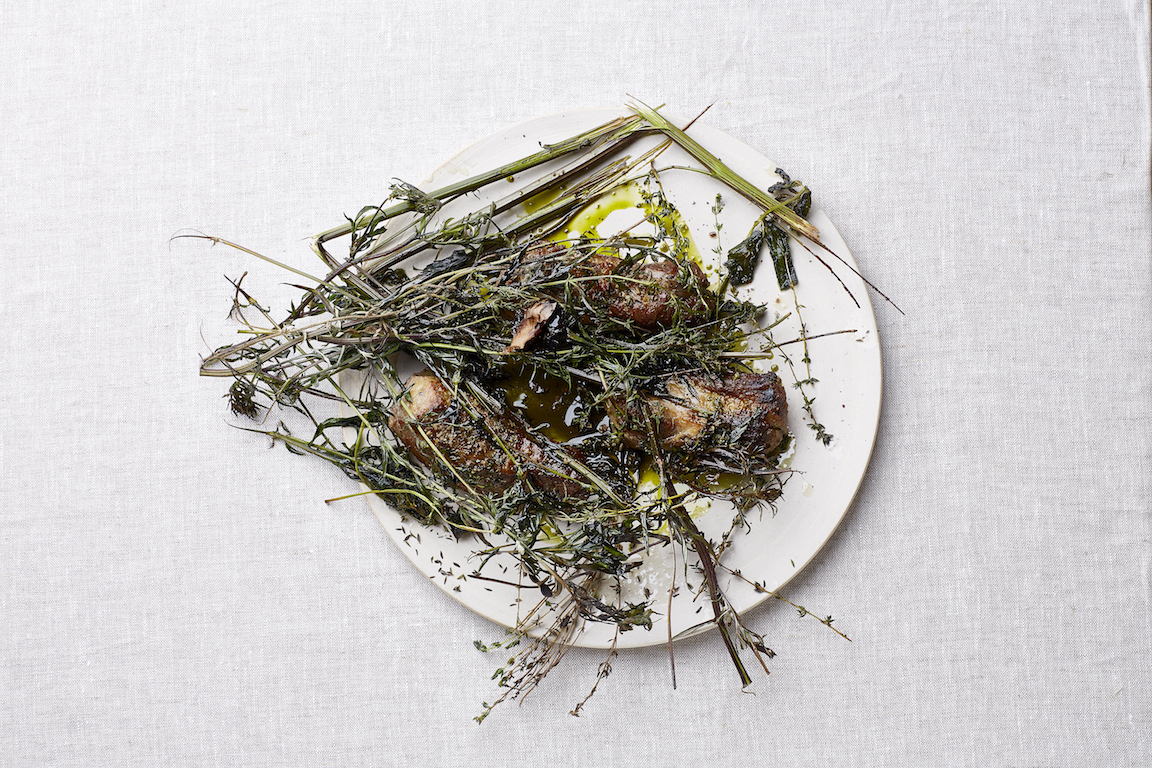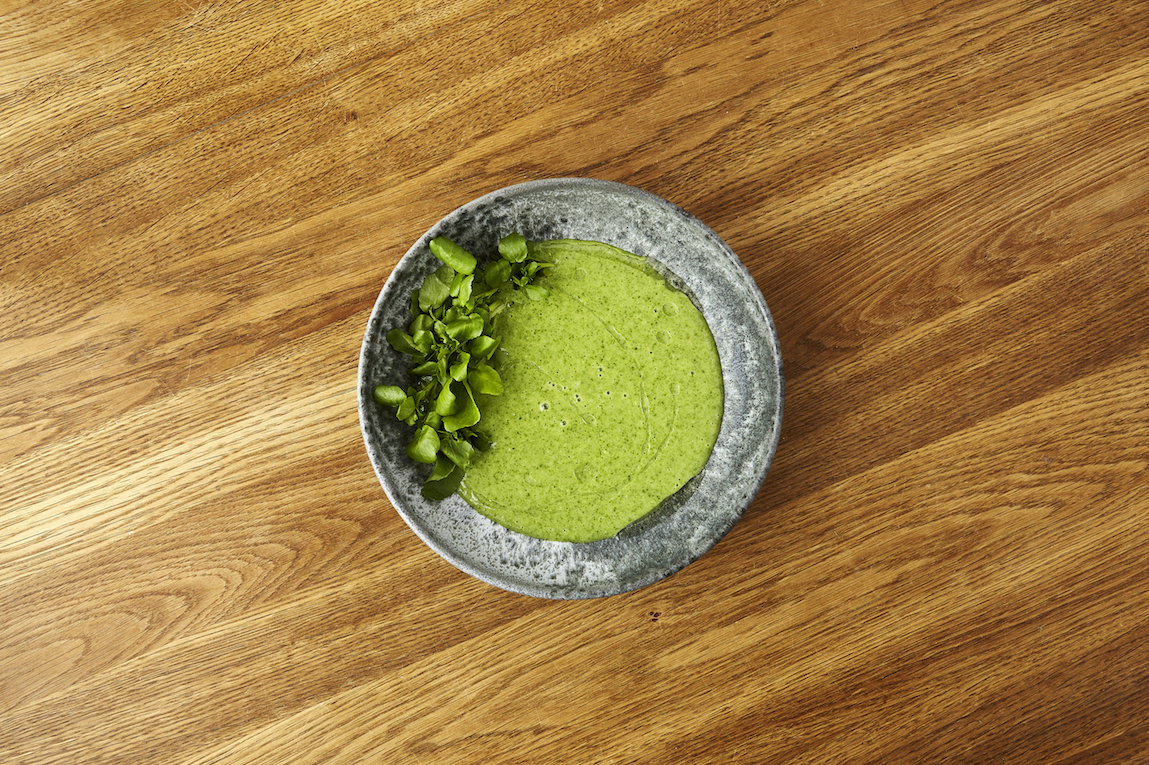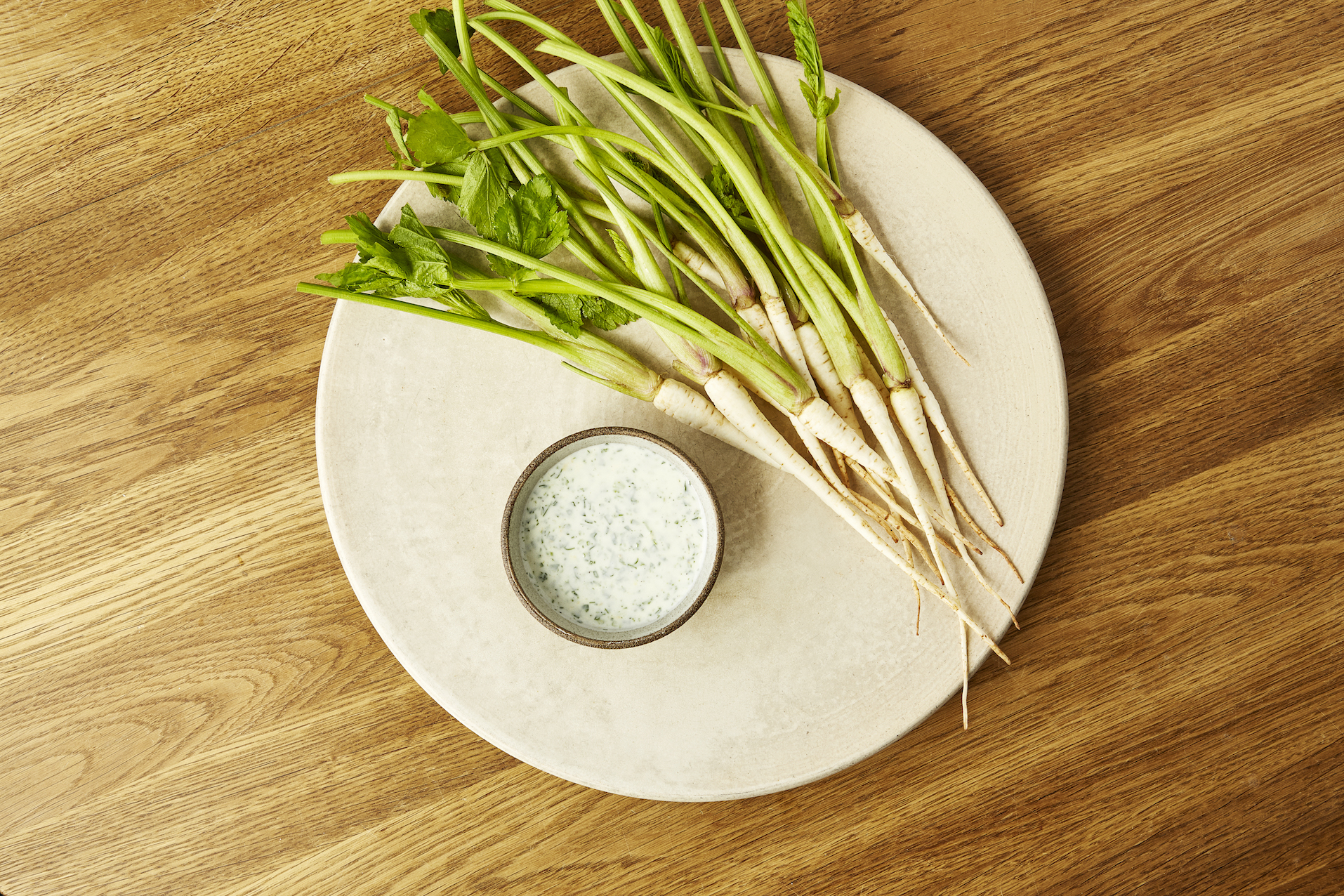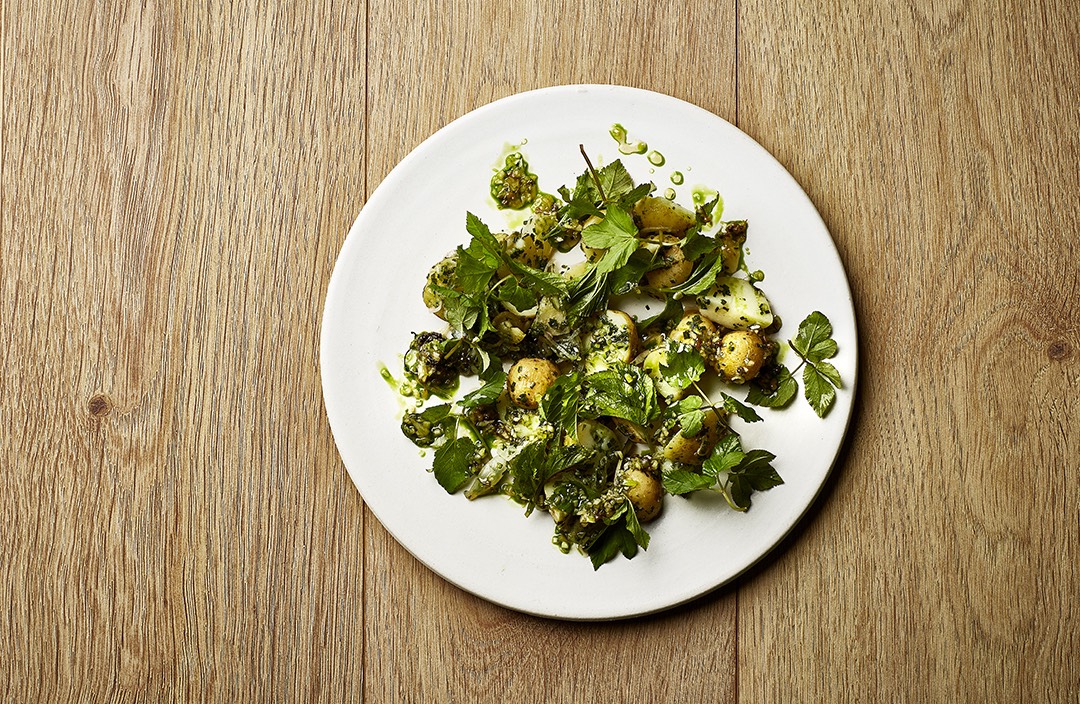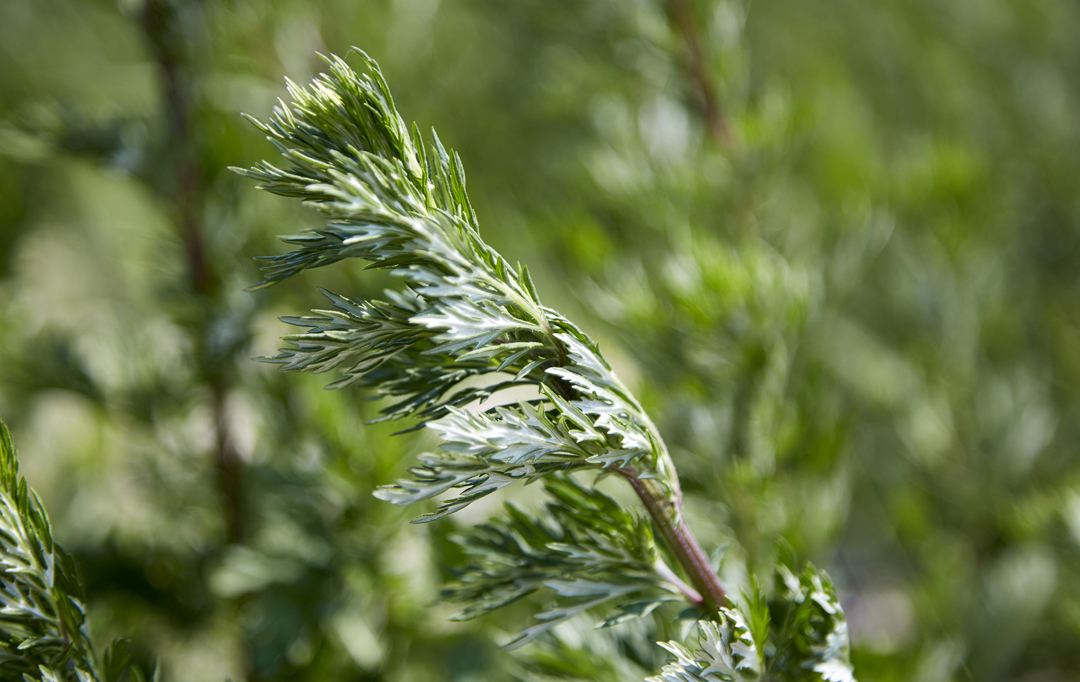
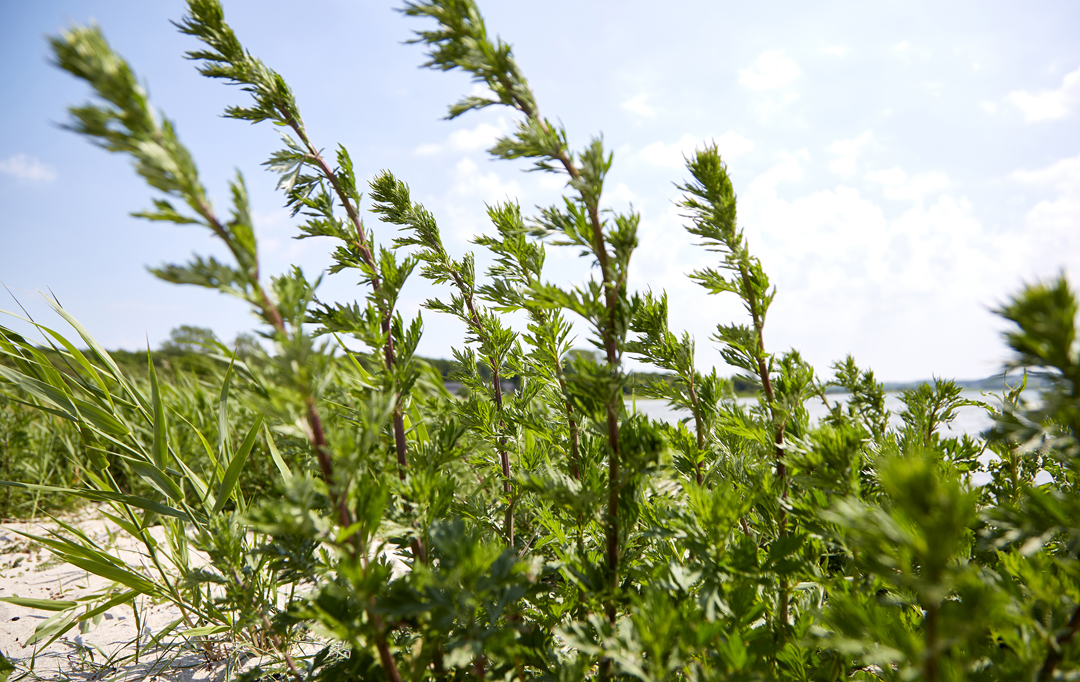
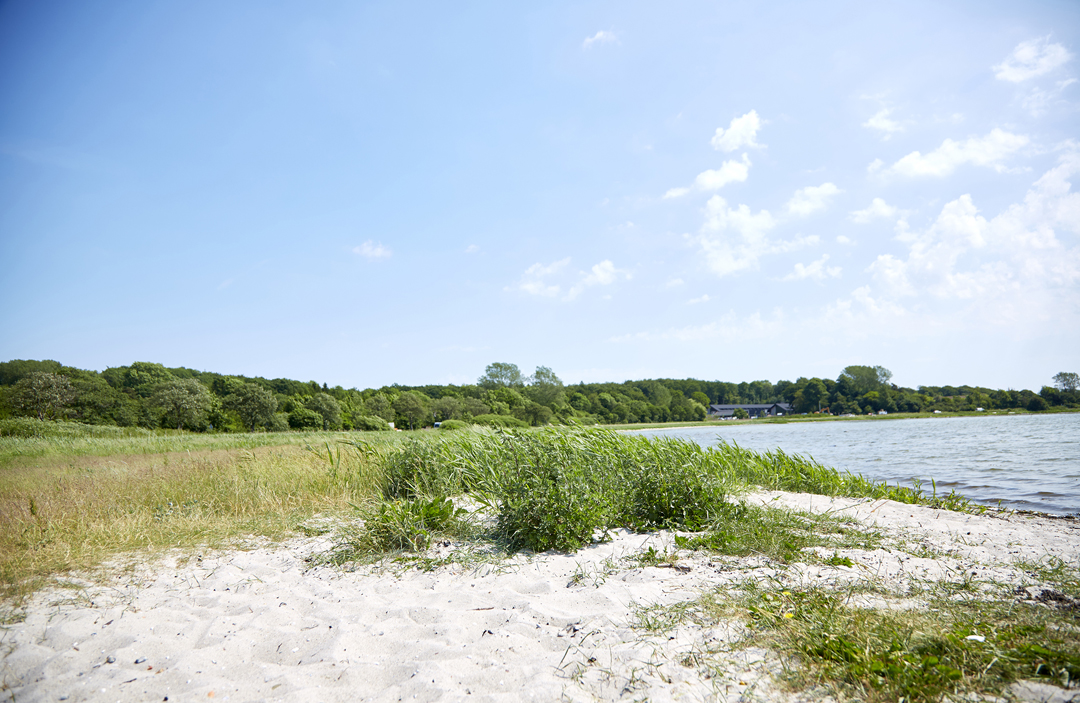
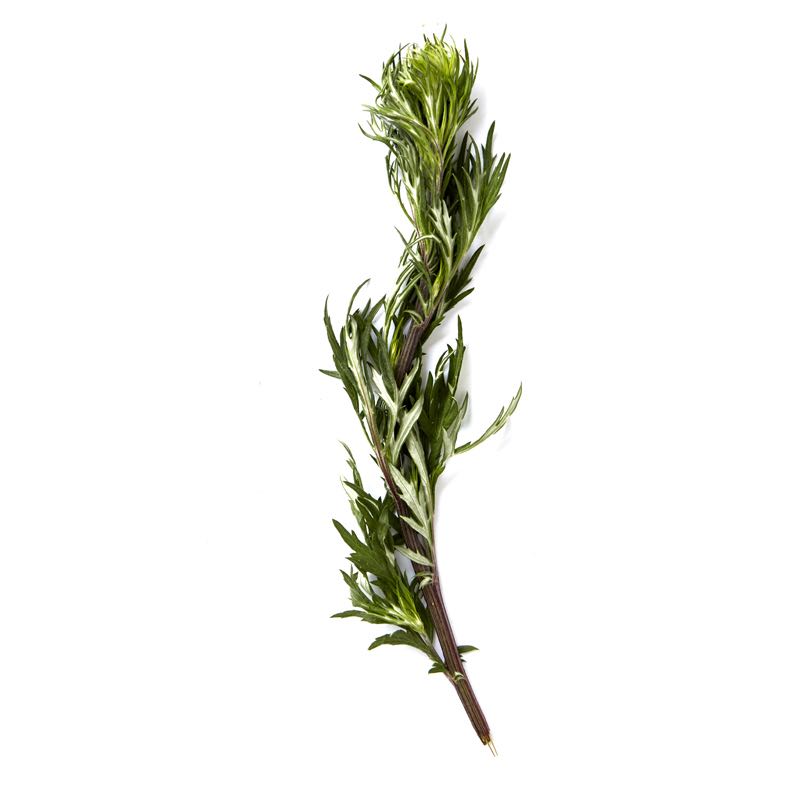
Mugwort
Accustomed to seeing this common plant around vacant buildings, roadsides, and ditches, many people consider mugwort a weed. But with its spicy aroma, the herb—also called "poor man's pepper"—has a wide range of uses in the kitchen.
-
Where to Find It
You can find mugwort anywhere the ground has been disturbed: along roads and hedges, in ditches and gardens, near construction sites, and alongside gravel pits. In grows in any place with nourishing soil and sufficient sunlight, but fares best in dry, somewhat sandy soil.
Salt marshes, streams, towns, hedges, roadsides, grasslands.
-
When to Find It
You can pick mugwort from May until October.
May, June, July, August, September, October.
-
How to Spot It
Mugwort normally grows between 60 cm and 1.5 meters high, but a strong plant can reach two meters. It has a rough, reddish-brown stem with many side shoots. Its leaves, which are dark green and shiny on the surface and grayish-green underneath, are deeply notched and similar in shape to seaweed. At the top of the stem, 2-3mm clusters of greyish-brown flowers look like small buds.
-
How to Pick It
Flower buds cluster along the top of the mugwort—typically a sprig between 20 and 30 cm—and this is the most interesting part for foragers. The plant is most flavorful and aromatic when the buds are ripe instead of green, and have dried out a bit. A knife or pruning shears will help cut through the tough stem. Since mugwort is considered a weed, feel free to pick as much as you want. The plant’s pollen can aggravate allergies, but cooking it neutralizes the allergens.
-
NB!
The Ministry of Environment and Food of Denmark recommend limited consumption. This is due to the amount of thujone which is also found in thyme, sage and rosemary.
Risk of misidentifying the plant
Mugwort may be mistaken for sea wormwood and absinthe, which are also edible. It may also be confused with other types of wormwood that are typically too bitter to eat.


